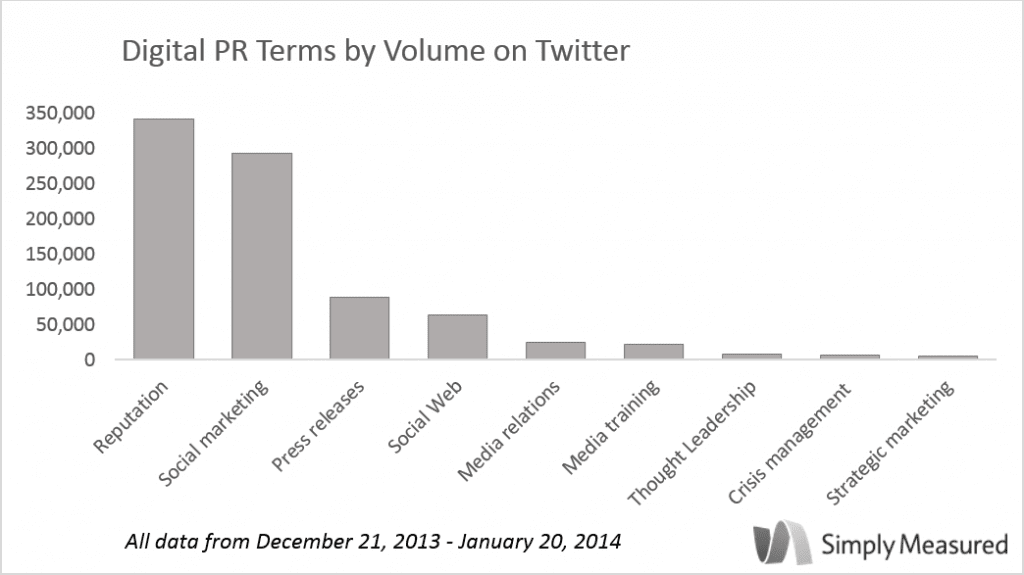
▶ Apps Starting to Get Their Own Channels: Nearly half (44%) of large U.S. organizations have apps for both external and internal audiences, as opposed to only one or the other, according to a new study. Almost two-thirds of companies (64%) offer branded apps to consumers, and a staggering 79% use apps for internal purposes. Forbes recently teamed up with Adobe to shed light on the current state of apps. The survey asked 302 digital development executives about their app initiatives to determine how companies are deploying apps.
Here are some key takeaways from the study:
• More than half (59%) of the respondents have developed and launched between one to three consumer-facing apps.
• Nearly three-quarters (74%) of the respondents said that tracking active users is the most important KPI for gauging returns on the use of apps, followed by content views (67%).
• Websites were cited as the most effective marketing vehicle for consumer app distribution (69%), while intranets were cited as the most vital for internal distribution (74%).
Source: Adobe, Forbes
▶ Let’s Make a Deal (or Not): Nearly 40% of U.S. consumers said they are unlikely to change their behavior as a result of a discount. Of course, that means the majority of U.S. consumers can be influenced through discounts. Experian Marketing Services recently conducted a study to figure out the minds of the “deal-seeking consumer.”
The survey took the pulse of 25,000 U.S. adults (English and Spanish speakers), and found that there several categories to classify deal seekers (each consuming different types of media). Here are a few of them:
• Deal-Seeker Influentials. Approximately 17% of U.S. consumers fall into this category. Simply defined, they are constantly looking for the best deals—both on and offline.
• Deal Takers. Social, but not influential. These are typically educated and affluent shoppers who will take a deal, but not as likely to seek one out.
• Deal Indifferents. Deal or no deal, give these folks what they want. This group is the largest amongst the six categories, making up nearly 30% of the total adult population.
• Deal Rejectors. Get in, get out, convenience rules. This is the most shopping-averse group, which, surprise, predominantly consists of men (58%). Most of this group (59%) is also unlikely swayed by social media influence. PRN
Source: Experian Marketing Services
This story originally ran in the January 27, 2014 issue of PR News.
